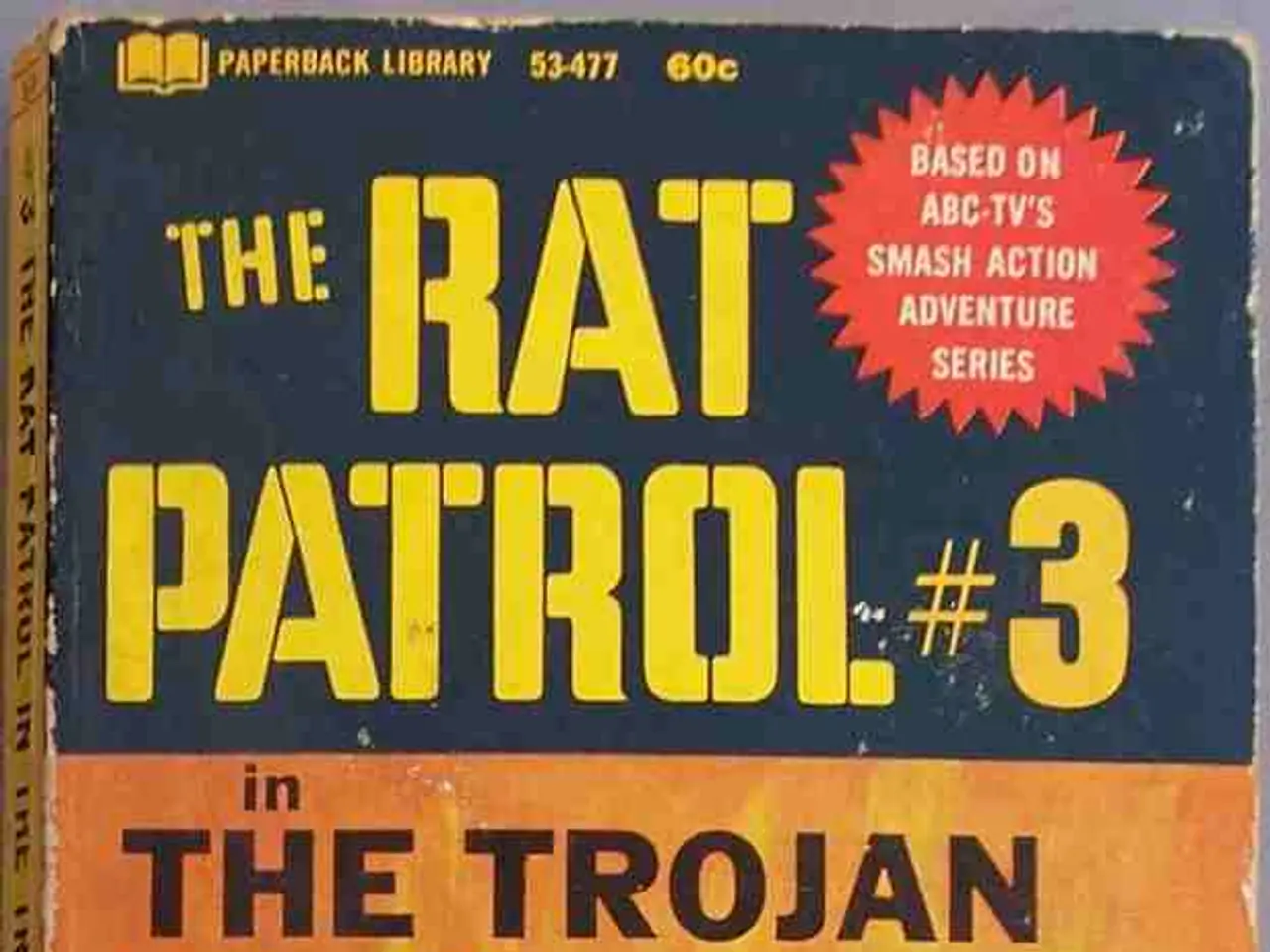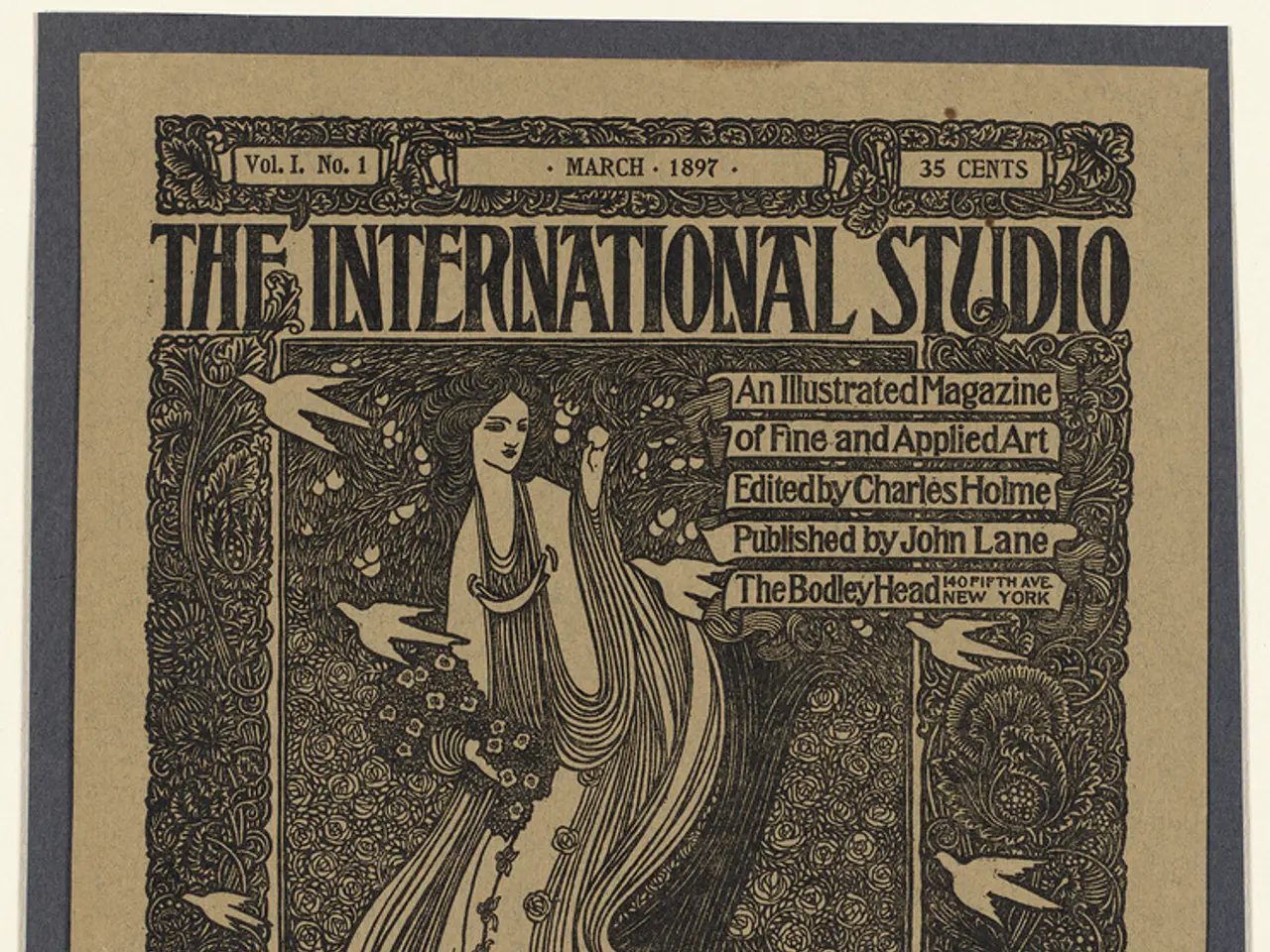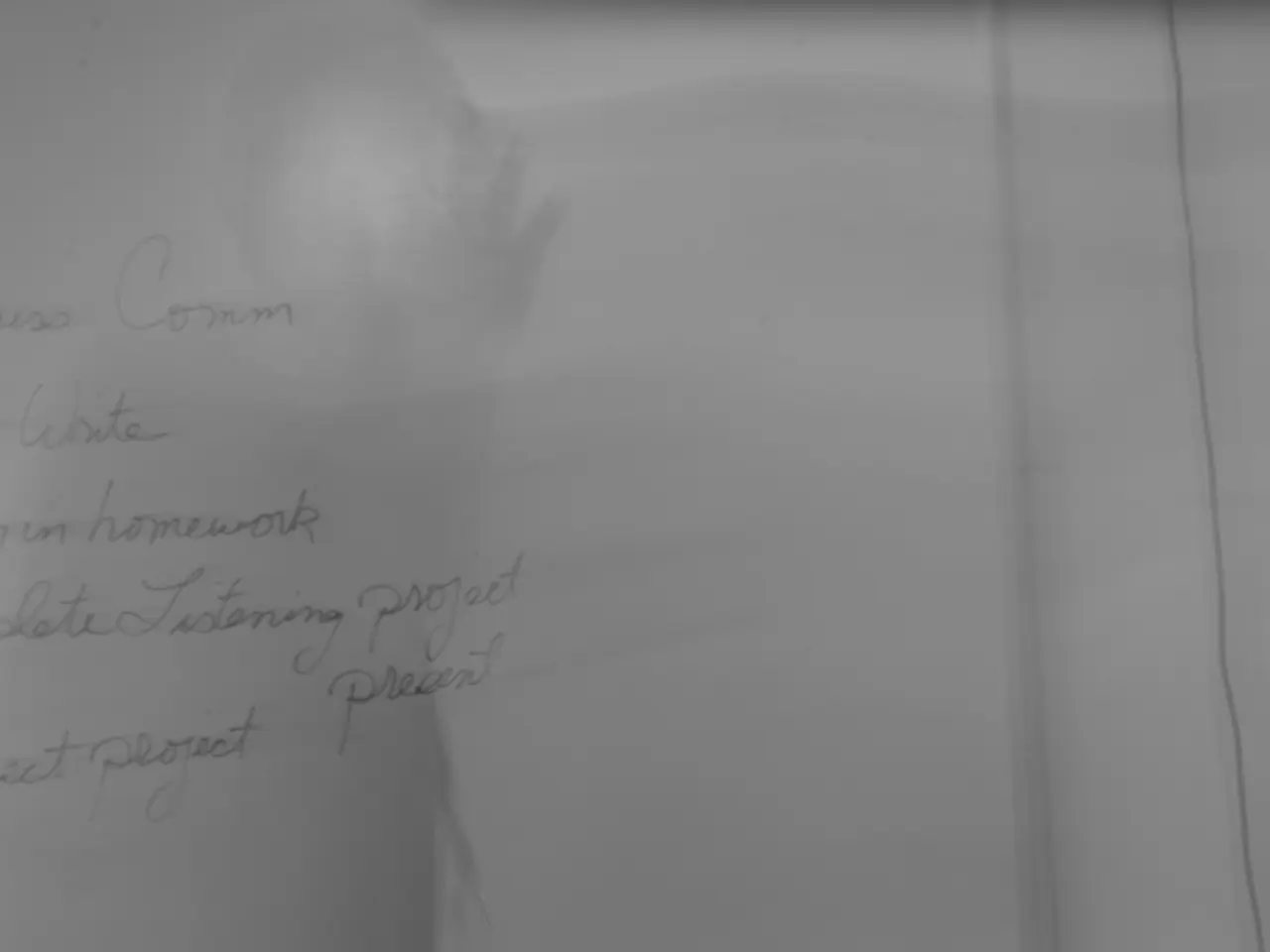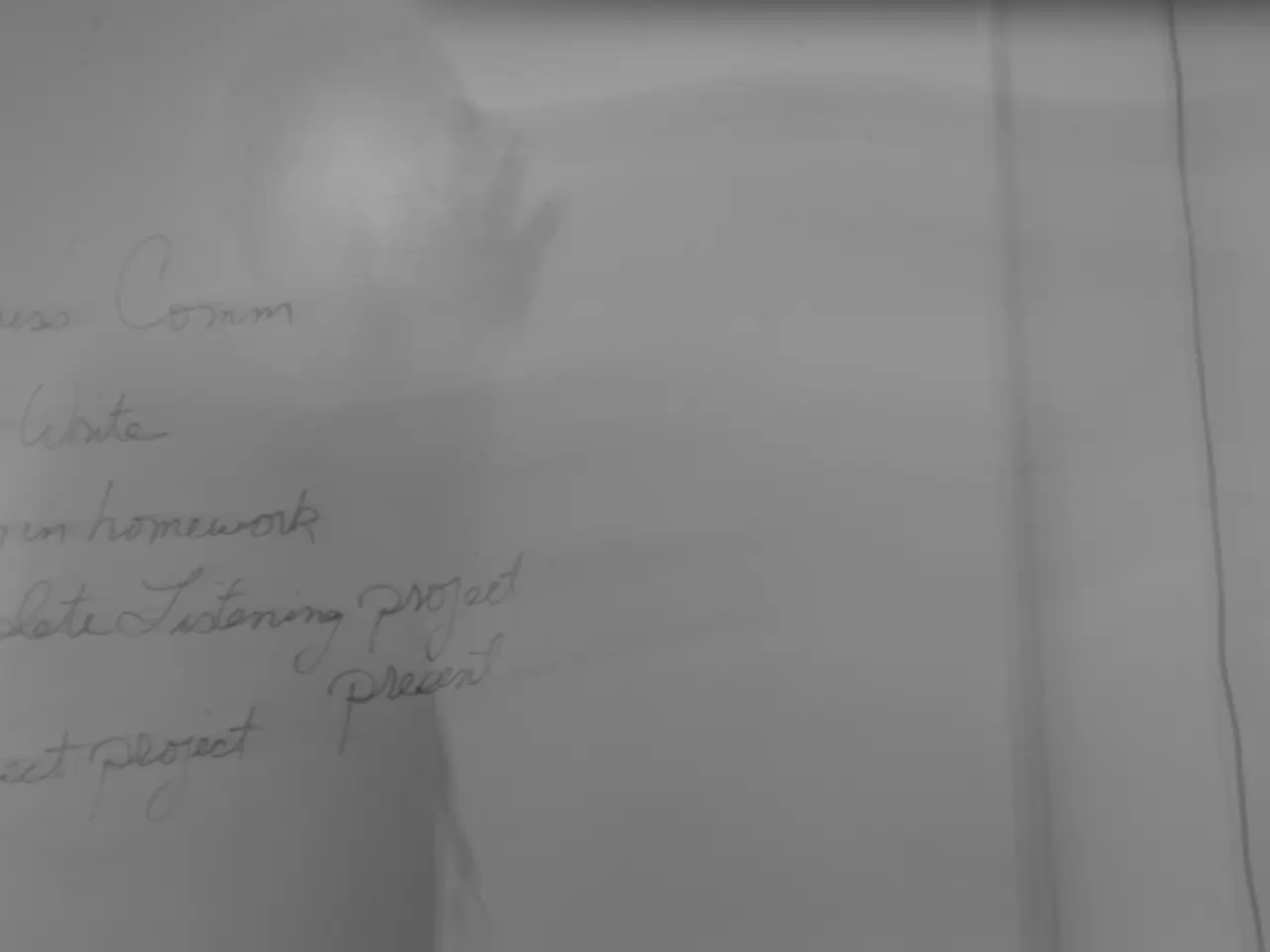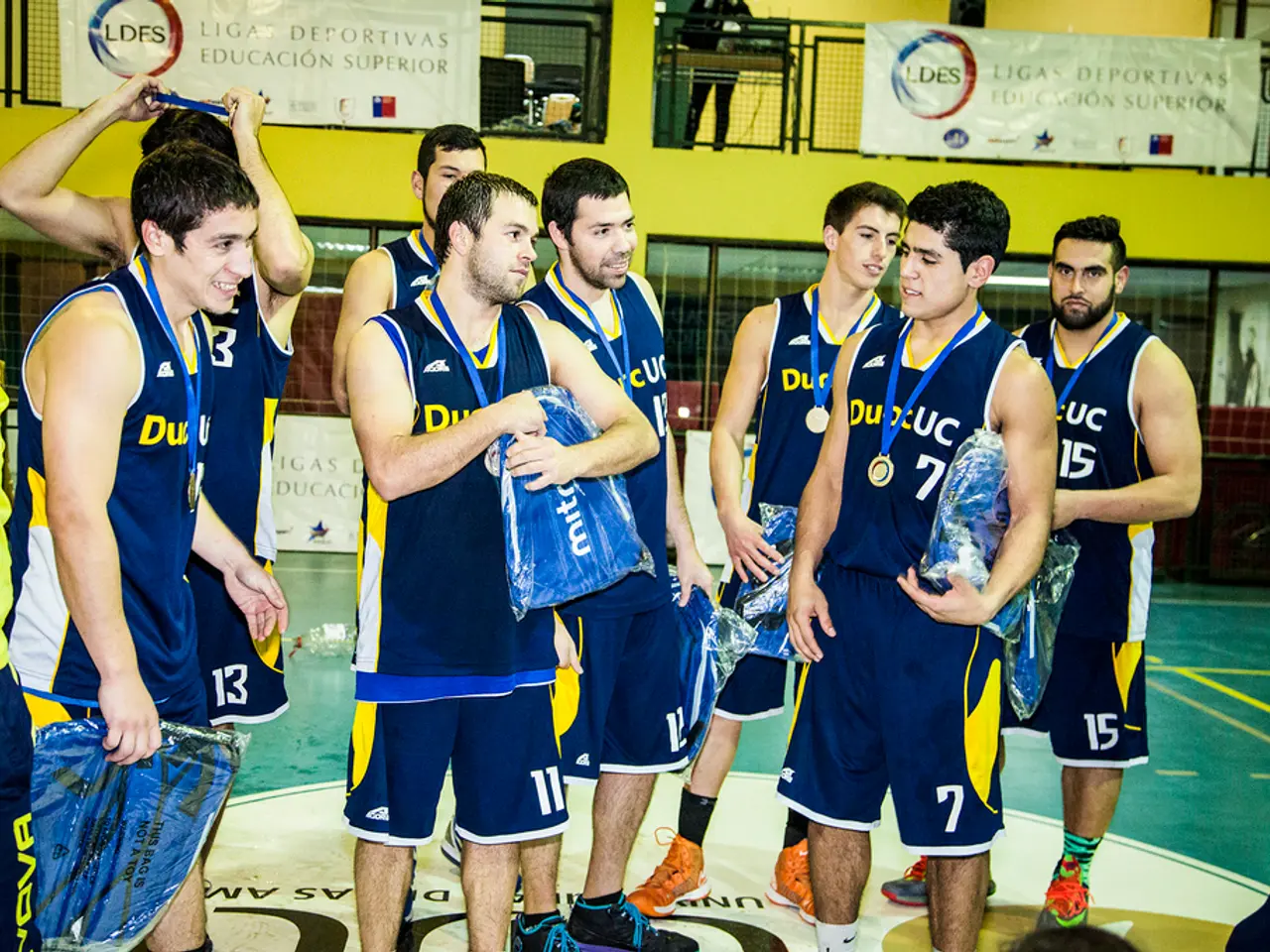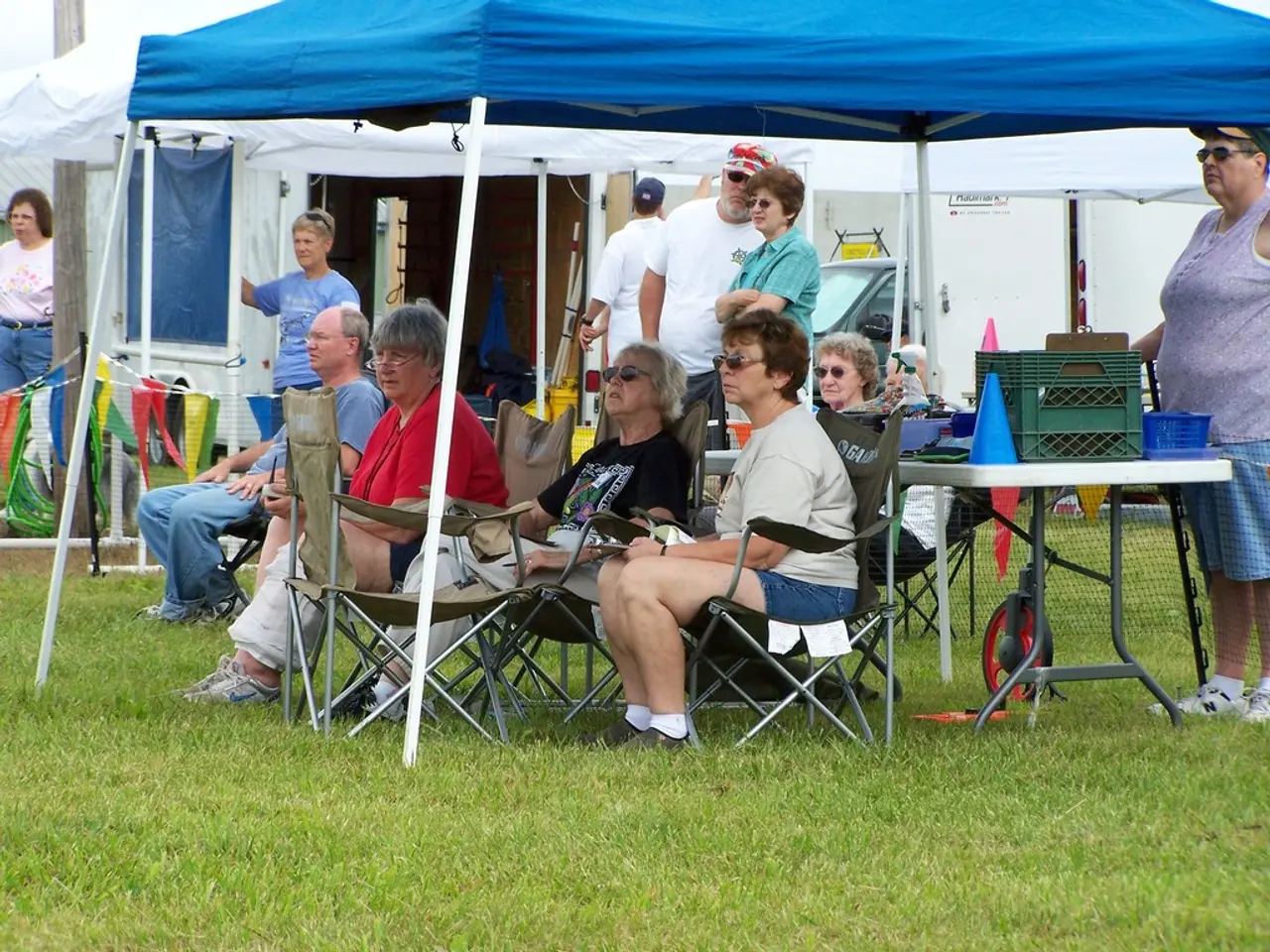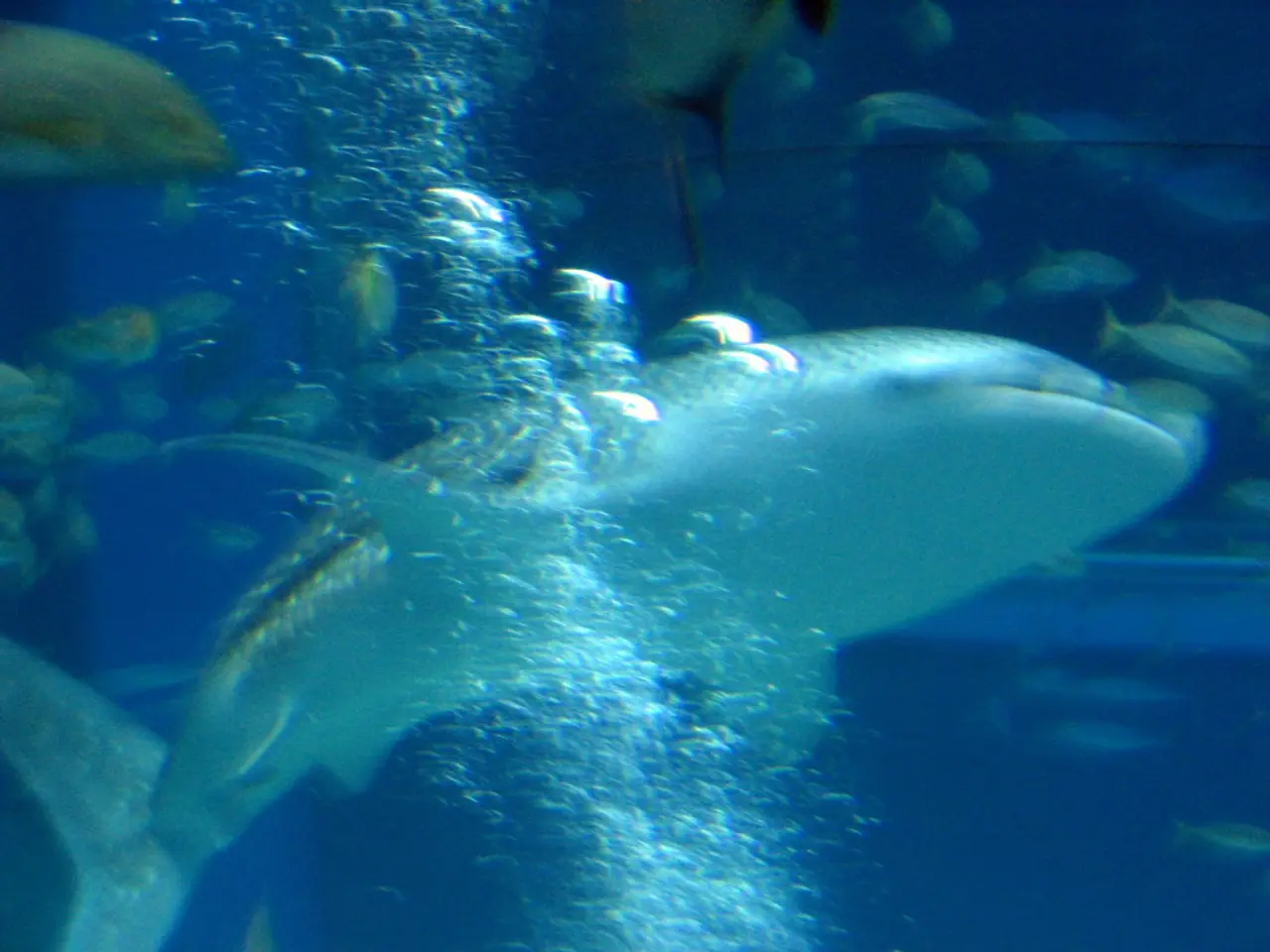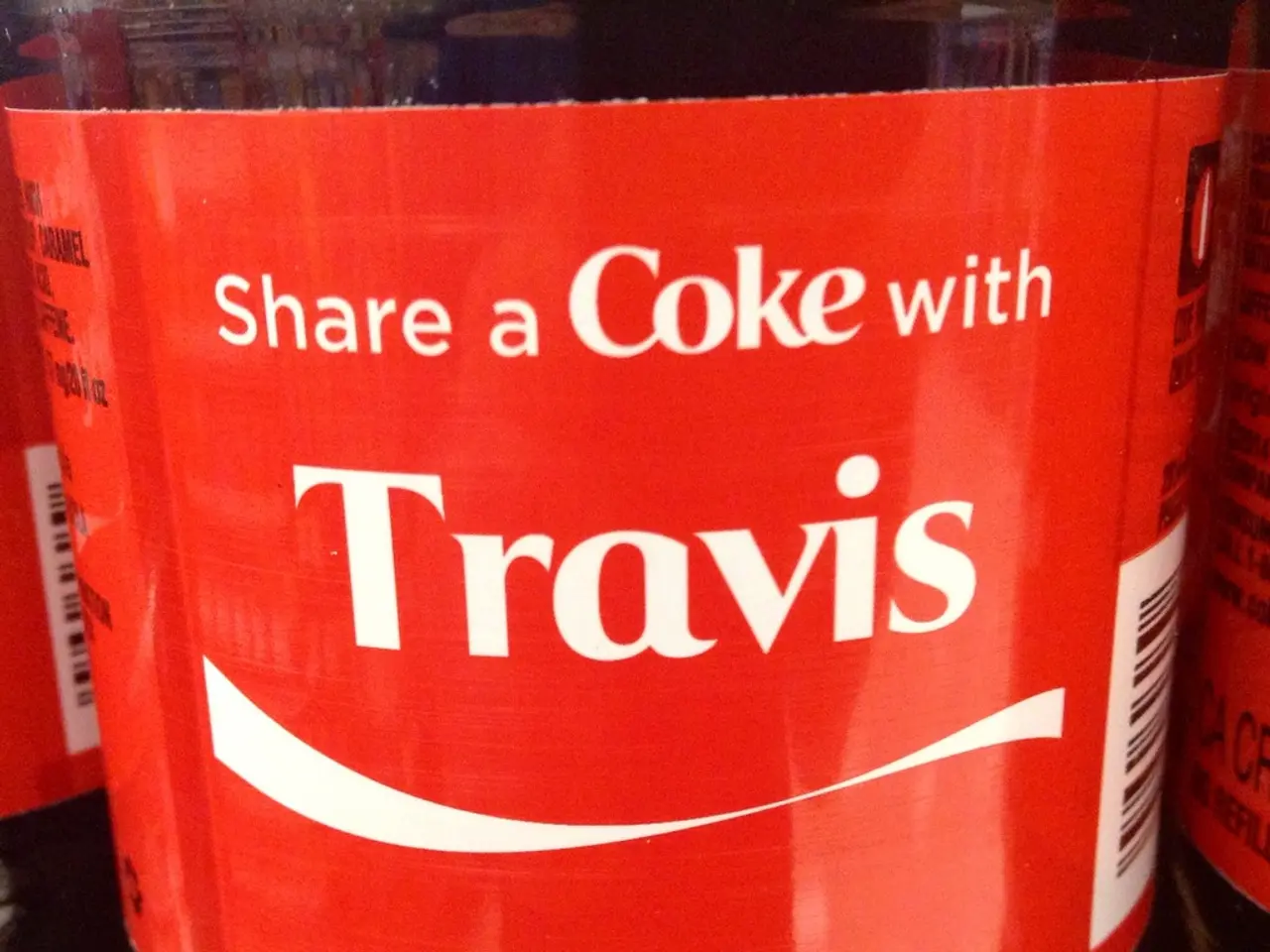Russia's strategic shift in Ukraine to escalate the conflict may foster long-term warfare across Europe
In recent developments, Russia's military strategy and the ongoing conflict in Ukraine are raising concerns about the European security environment and the global economy.
Russia shares a stormy past with Sweden and Finland, having fought numerous battles, including the Great Northern War which ended in July 1709 at the battle of Poltava, located in eastern Ukraine. Today, the concern of control over Ukraine has been a long-standing issue since the collapse of the U.S.S.R. in 1991, as both Russia and NATO view Ukraine as a key strategic territory.
The ongoing war in Ukraine, which Putin described as a war instead of a "unique military operation" on December 22nd, has already upended the lives of many people. The disruptions caused by movement, human tragedy, food instability, and power shortages will go beyond the immediate crisis, potentially straining the U.S. and European economies, militaries, and cultures.
Putin's strategic changes to Russia’s armed forces indicate preparations for potential future confrontations with NATO in the European theater over the next decade. Militarily, Russia is undergoing a painful process of adaptation and reform, facing deep structural, economic, and demographic constraints that limit its ability to modernize and fully transform its military. Despite these limits, Russia is stabilizing its military performance relying on mass mobilization, heavy firepower, nuclear deterrence, unmanned systems, and increased defense spending.
Economically, the militarized aspect of Russia’s economy is becoming a dominant factor, as defense spending is hitting record levels and military production is propping up the economy despite Western sanctions and a slowing GDP growth. This militarized economy may persist and grow well beyond the current conflict, suggesting a prolonged Russian focus on military strength with corresponding geopolitical implications for Europe and the global balance of power.
However, Russia’s military-industrial complex faces chronic challenges including dependence on outdated Soviet-era technology, import substitution problems due to sanctions, and innovation stagnation. The quality of military outputs is expected to decline, potentially limiting Russia’s ability to match Western and Chinese technological advances over the long term.
On the European theater, the ongoing war and Russia’s military reforms suggest heightened and prolonged security tensions, increased NATO readiness, and possible continued military confrontations or deterrence stalemates for years. The social impact inside Russia also bears consideration, with challenges in reintegrating large numbers of demobilized soldiers potentially causing domestic instability.
Globally, economic disruptions from sanctions, increased military spending, and geopolitical instability contribute to uncertainty in energy markets, trade, investment flows, and broader economic growth, particularly impacting Europe’s economy given its proximity and reliance on Russian energy and trade routes.
The IMF forecasted a higher impact, 8-12%, on low-income and emerging economies, attributing it to the Russia-Ukraine conflict and COVID-19 pandemic. Many countries are heavily dependent on Russia and Ukraine for food imports and on Russia for energy.
In a move towards an all-out war strategy, Putin's response to the arrival of Ukrainian soldiers in Oklahoma to train on the Patriot rocket defense system and the Pentagon's commitment to provide 50 Bradley Fighting Vehicles to Kyiv, includes the strengthening of Moscow, including the deployment of Pantsir anti-aircraft systems on rooftops in central Moscow, near the Kremlin, and near his Valdai home in Russia's Novgorod region.
Furthermore, Russia's Defense Minister, Sergei Shoigu, announced a plan to increase Russia's army by half-a-million conscripts, aiming to increase naval, aerospace, and nuclear forces. The admission of Sweden and Finland into NATO will increase the border between NATO and Russia from around 750 miles to approximately 1,600 miles, potentially worsening Russia's security concerns.
In conclusion, Putin’s strategic military changes reinforce a protracted conflict posture and military competition in Europe, exacerbate security tensions, and support a militarized Russian economy that will have spillover effects on the global economy and geopolitical landscape for years to come. The World Bank recently provided a similar report, highlighting the food situation as the "most worrying concern." As the situation unfolds, it is crucial to monitor these developments closely and consider their potential impact on global stability and economic prosperity.
[1] Russian military reform and the ongoing conflict in Ukraine
[2] The social impact of Russia’s military reforms
[3] The militarized Russian economy
[4] The future of Russia’s military-industrial complex
- The ongoing conflict in Ukraine, coupled with Russia's military reforms, is leading to heightened security tensions in Europe, potentially causing prolonged military confrontations or deterrence stalemates.
- As Russia’s military-industrial complex faces chronic challenges, the militarization of the Russian economy may persist and grow beyond the current conflict, straining food security, particularly for countries heavily dependent on Russia and Ukraine for food imports.
